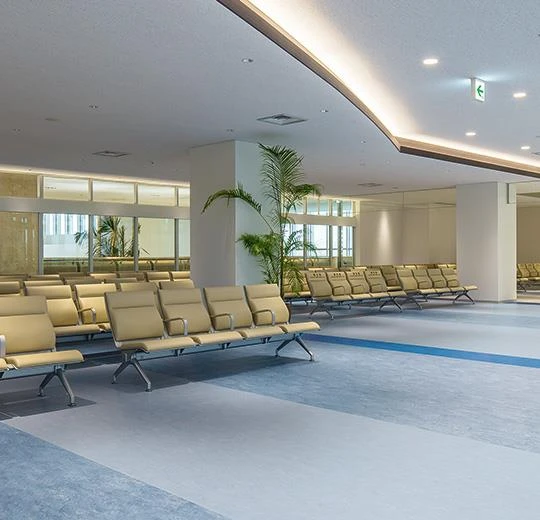insulating wall coverings
Insulating Wall Coverings Enhancing Energy Efficiency and Comfort
In recent years, the awareness of energy efficiency and sustainability has increased significantly among homeowners and builders alike. One of the most effective methods to improve thermal performance in buildings is through the use of insulating wall coverings. These innovative solutions not only enhance energy efficiency but also contribute to a comfortable indoor environment.
Understanding Insulating Wall Coverings
Insulating wall coverings are specially designed materials applied to interior walls or incorporated into wall systems to reduce heat transfer. They can be used in both residential and commercial buildings and come in various forms, including panels, paints, and rolls. The primary function of these coverings is to bolster insulation, thereby minimizing energy consumption for heating and cooling.
Types of Insulating Wall Coverings
There are several types of insulating wall coverings available on the market
1. Insulating Wall Panels These panels are made from materials such as polystyrene, polyurethane, or fiberglass. They are typically easy to install and can be fixed directly to existing walls. The panels provide excellent thermal resistance, effectively keeping indoor spaces warm during winter and cool in summer.
2. Insulating Paint A newer innovation, insulating paint contains microscopic bubbles that create a thermal barrier. While not as effective as traditional wall panels, insulating paint can still contribute to energy savings and is great for retrofitting projects where the bulkiness of panels isn't desirable.
3. Foil Insulation This type of wall covering is usually made from reflective aluminum foil and is installed on the inner side of exterior walls. It works by reflecting radiant heat away in the summer and keeping it inside during winter. Its lightweight nature and ease of installation make it a popular choice for DIY enthusiasts.
4. Textile Insulators These are fabric-based coverings that provide basic insulation while adding aesthetic appeal. They can be used in residential and commercial settings to enhance the overall décor while contributing to thermal performance.
Benefits of Insulating Wall Coverings
insulating wall coverings

The advantages of incorporating insulating wall coverings in building designs are manifold
1. Energy Efficiency Perhaps the most significant benefit is the reduction in energy usage. By decreasing heat loss during cold months and minimizing heat gain during the summer, insulating wall coverings help lower energy bills.
2. Comfort Maintaining a consistent indoor temperature is crucial for comfort. Insulating wall coverings minimize cold drafts and hot spots, ensuring a more uniform heating and cooling distribution throughout the space.
3. Noise Reduction Many insulating wall coverings provide additional soundproofing benefits. This feature is particularly valuable in urban environments where noise pollution can be a significant challenge.
4. Environmental Impact Using these energy-efficient materials contributes to a reduction in carbon footprint. With less energy required for heating and cooling, homeowners can play a role in mitigating climate change.
5. Aesthetic Versatility Insulating wall coverings are available in various designs and finishes, providing flexibility in decorating while enhancing functionality. This versatility allows homeowners to express their style while benefitting from improved insulation.
Installation Considerations
When considering insulating wall coverings, it is crucial to evaluate factors such as climate, building structure, and existing insulation. Professional consultation may be warranted to ensure that the chosen solution is appropriate for specific needs. Installation can vary from straightforward DIY applications to complex systems requiring skilled labor.
Conclusion
As energy efficiency continues to be a priority in construction and renovation, insulating wall coverings are emerging as vital components of modern building practices. They provide an effective means of enhancing thermal performance while also offering benefits such as noise reduction and aesthetic appeal. With various options available, homeowners and builders can choose the best solutions to meet their needs, ultimately leading to increased comfort, reduced energy costs, and a lesser environmental impact. Whether upgrading an existing home or planning a new construction, insulating wall coverings should be considered an essential investment in building design.
-
Waterproof Advantages of SPC Flooring Vinyl in KitchensAug.06,2025
-
SPC Hybrid Waterproof Flooring Thickness GuideAug.06,2025
-
Leveling Subfloor Before My Floor SPC InstallAug.06,2025
-
How Mesh Deck Skirting Improves Outdoor Pest ControlAug.06,2025
-
Choosing the Right Commercial Flooring for Your Business NeedsAug.06,2025
-
Choosing the Best Residential Flooring: A Comprehensive Guide to Style, Durability, and ComfortAug.06,2025




